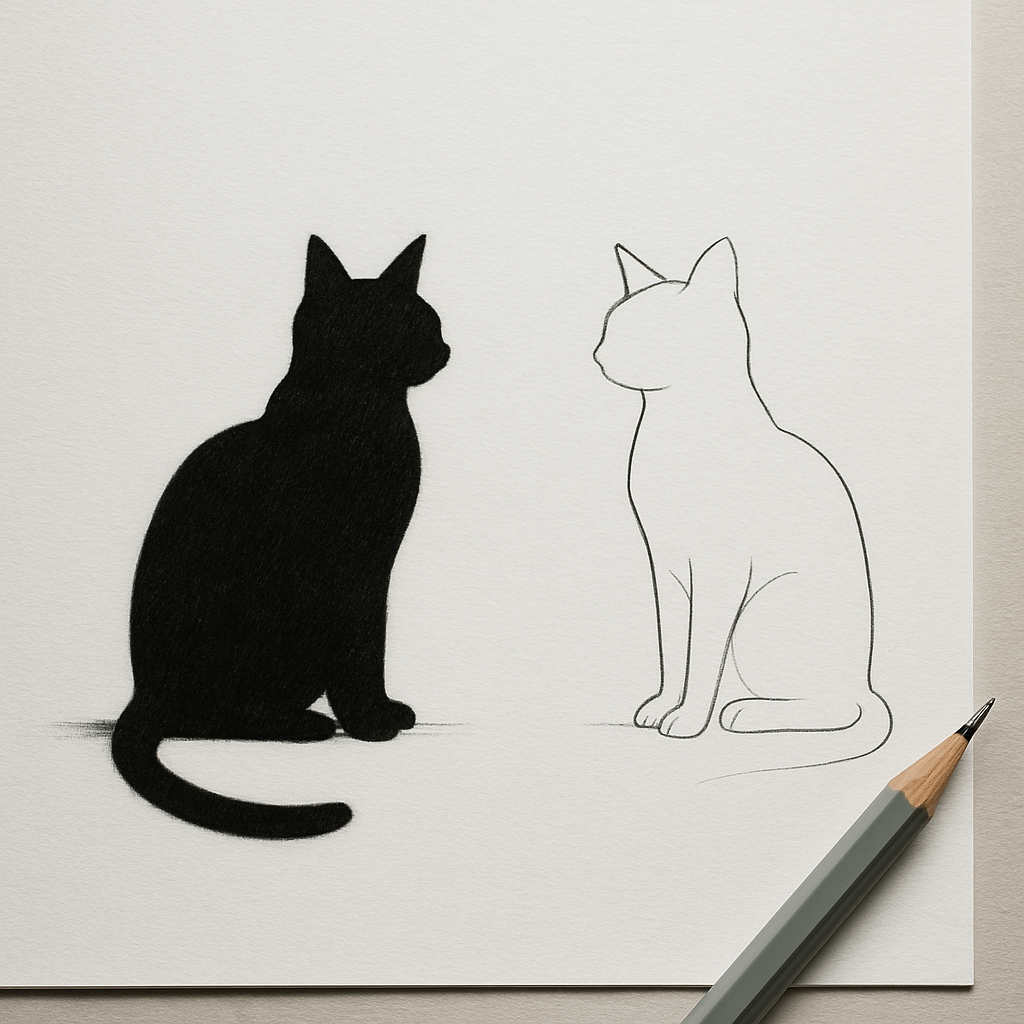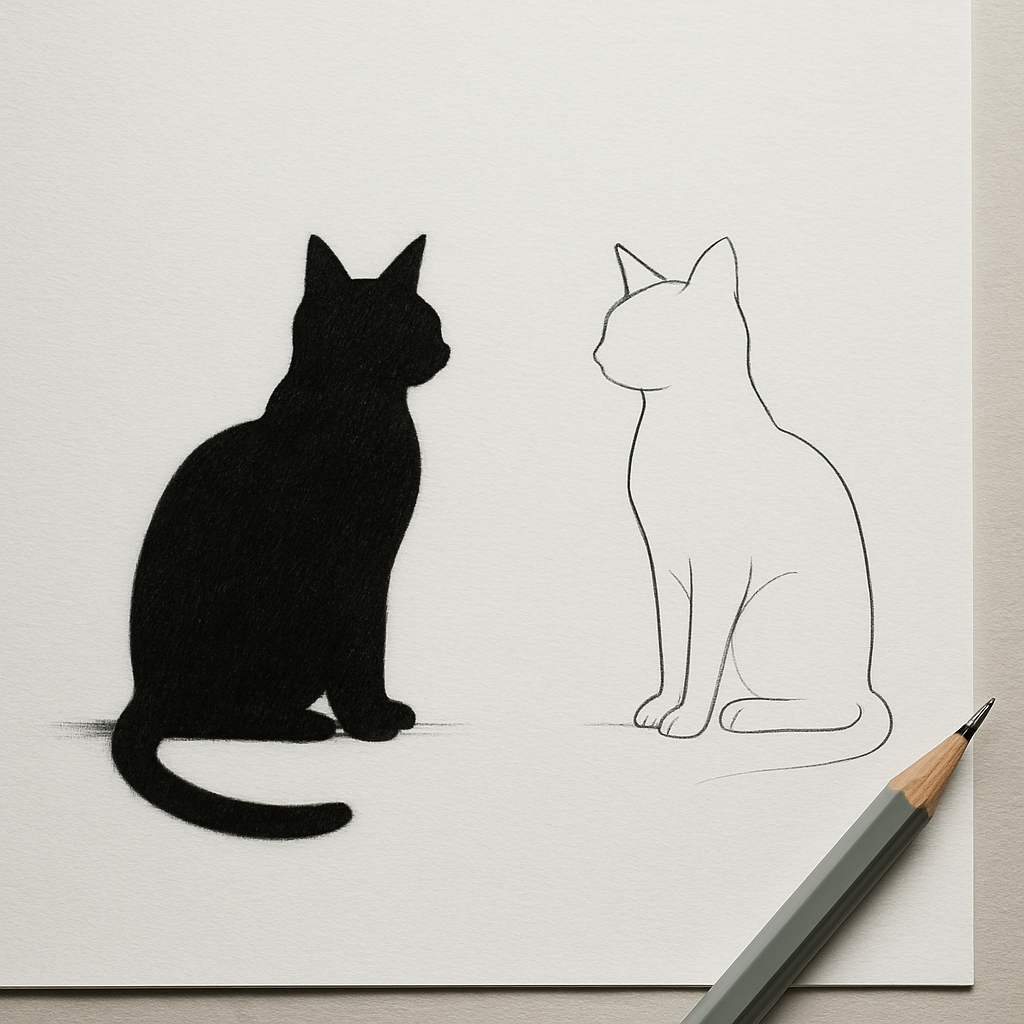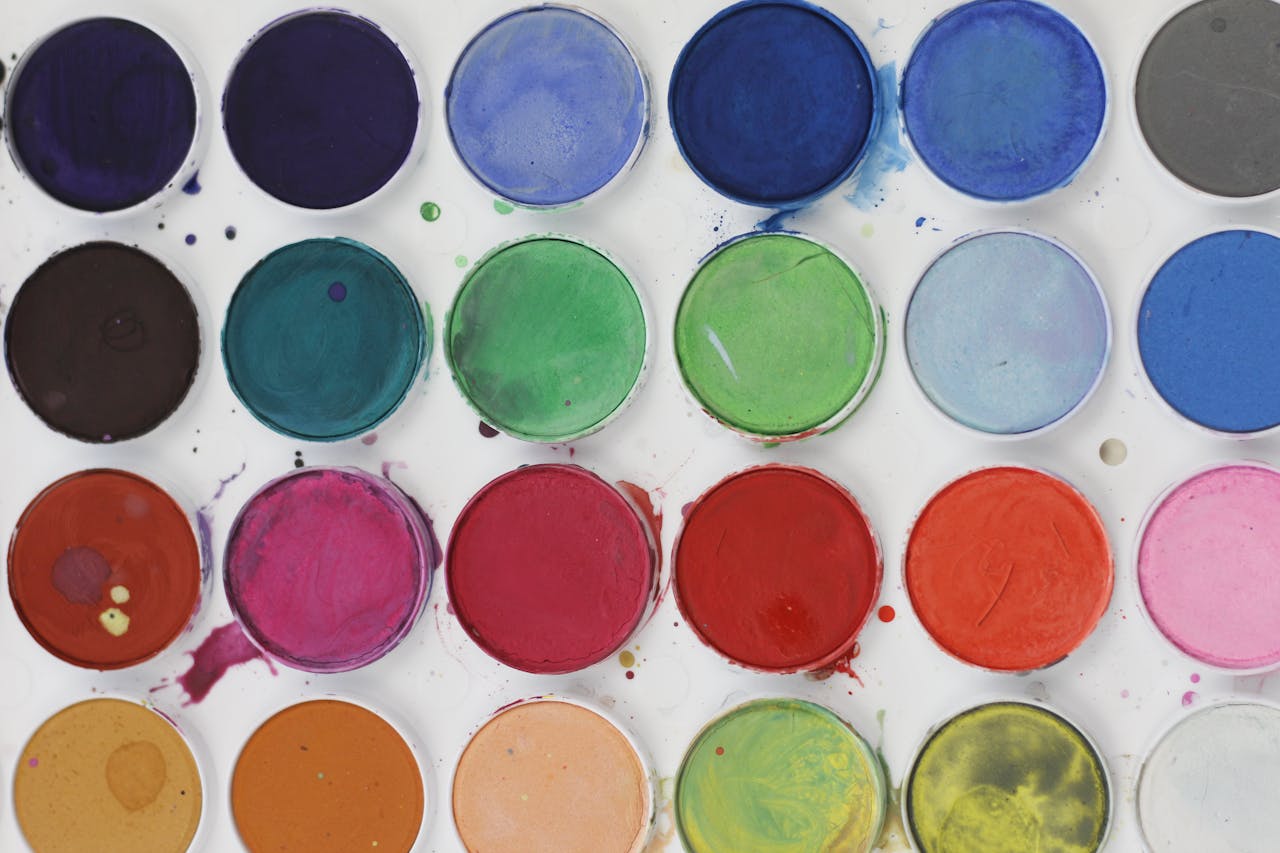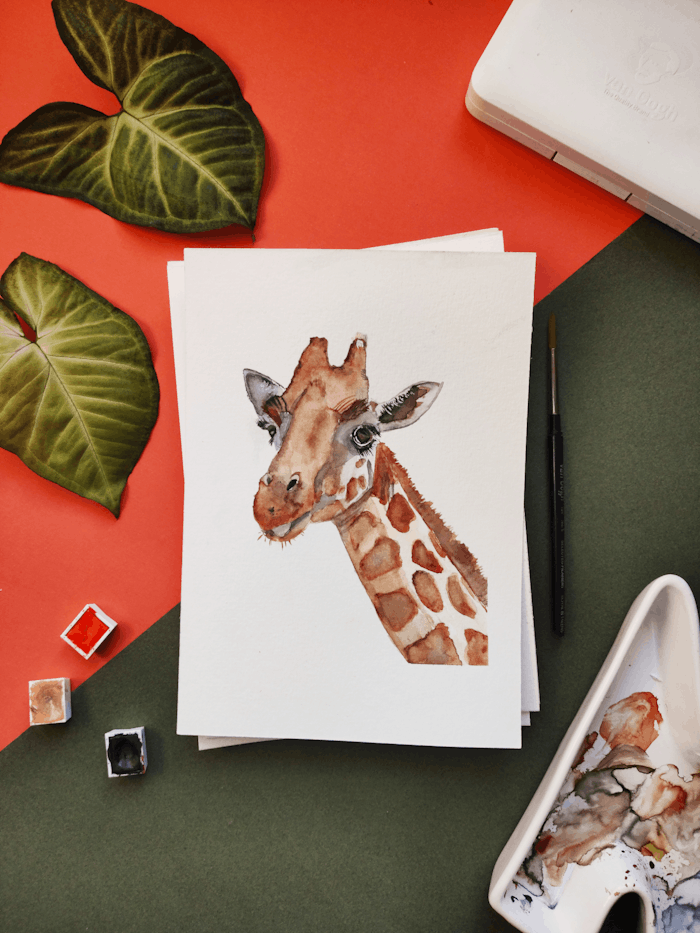
In art, what you don’t draw can be just as powerful as what you do.
Negative space—the area around and between the subject of an image—is a subtle but transformative element of composition. Used thoughtfully, it can evoke emotion, add drama, and bring balance to even the simplest sketch.
Great artists and designers know this secret: sometimes the space you leave empty is what makes your work unforgettable.
Why Negative Space Matters
Negative space:
-
Helps guide the viewer’s eye
-
Emphasizes the subject through contrast
-
Adds breathing room and calm to your composition
-
Encourages interpretation and imagination
Think of the iconic FedEx logo with its hidden arrow. Or Japanese ink paintings where a single stroke breathes in a sea of white. Or a minimalist line drawing where the absence of detail tells the story.
It’s not about doing less—it’s about saying more with less.
Practice Makes Presence
Want to experiment with negative space in your own art? Try this exercise:
-
Take a bold silhouette photo of a simple object (a plant, a hand, a cat).
-
Use a tool like Mimi Panda to turn picture into coloring page.
-
Print the outline and look at the blank areas as shape, not emptiness.
-
Add shading, patterns, or let the space speak for itself.
You’ll start to see the balance between form and void—and how the “unsaid” can often be more powerful.
Final Thought
Negative space isn’t a lack of art—it’s a presence all its own. It invites pause, quiet, attention. It invites meaning.
And in today’s visually noisy world, that silence can be the most powerful mark you make.


